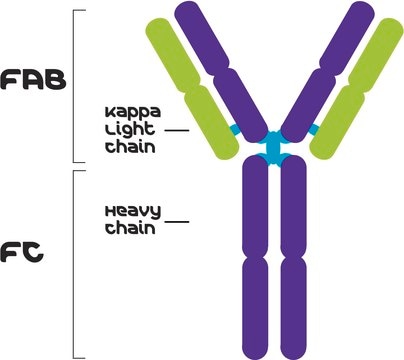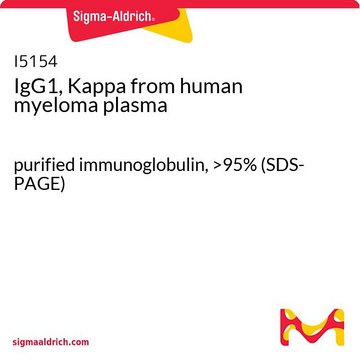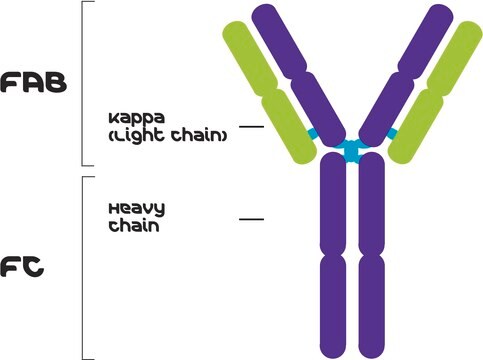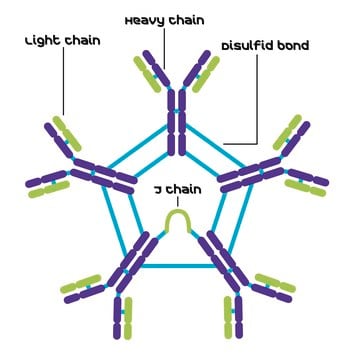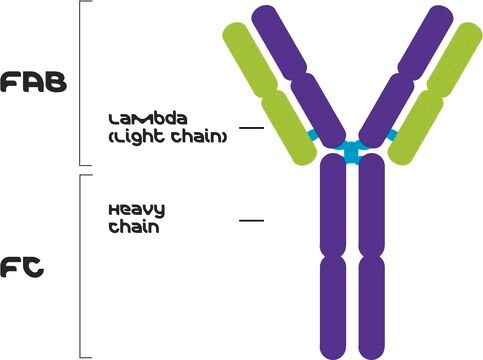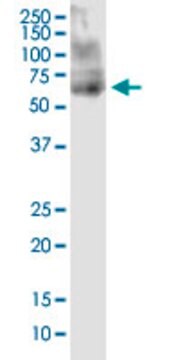M7894
IgG1, Kappa from murine myeloma
clone MOPC 21, ascites fluid, lyophilized powder
Sinónimos:
Mouse IgG1-κ
About This Item
Productos recomendados
biological source
mouse
Quality Level
conjugate
unconjugated
antibody form
ascites fluid
clone
MOPC 21, monoclonal
form
lyophilized powder
application(s)
research pathology
storage temp.
2-8°C
target post-translational modification
unmodified
¿Está buscando productos similares? Visita Guía de comparación de productos
General description
Application
- in stimulation assay and enzyme-linked immunosorbent assay (ELISA)
- as isotype controls in islet hormone production
- in flow cytometric analysis, in cell migration assay
- as control antibody in evaluation of methylation
Biochem/physiol Actions
Reconstitution
Disclaimer
Storage Class
11 - Combustible Solids
wgk_germany
WGK 3
flash_point_f
Not applicable
flash_point_c
Not applicable
ppe
Eyeshields, Gloves, type N95 (US)
Certificados de análisis (COA)
Busque Certificados de análisis (COA) introduciendo el número de lote del producto. Los números de lote se encuentran en la etiqueta del producto después de las palabras «Lot» o «Batch»
¿Ya tiene este producto?
Encuentre la documentación para los productos que ha comprado recientemente en la Biblioteca de documentos.
Nuestro equipo de científicos tiene experiencia en todas las áreas de investigación: Ciencias de la vida, Ciencia de los materiales, Síntesis química, Cromatografía, Analítica y muchas otras.
Póngase en contacto con el Servicio técnico